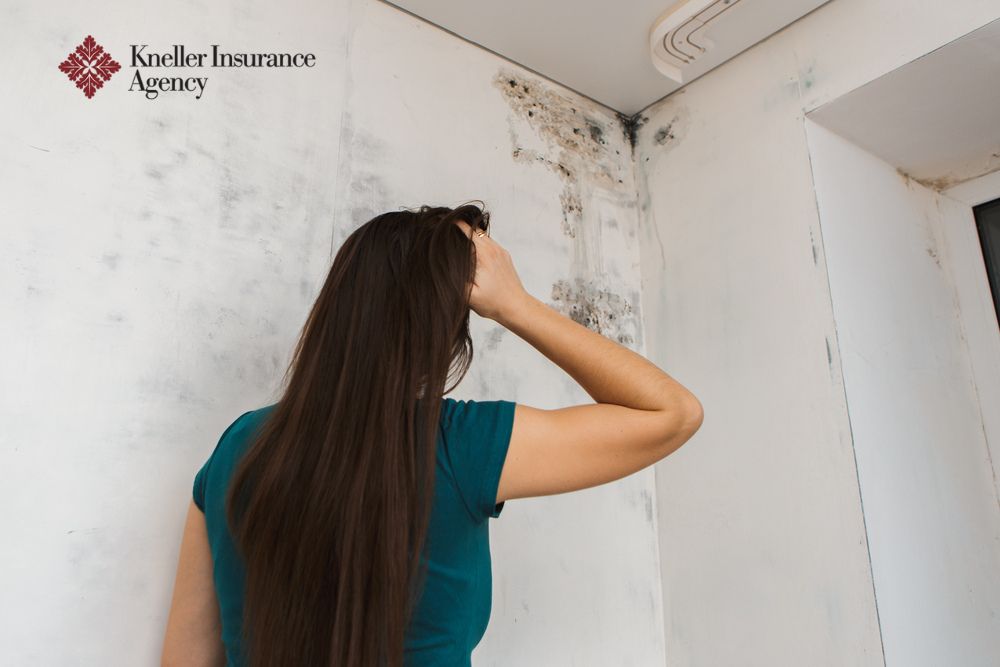Mold, the silent intruder, can creep into your home, posing not only health risks but also potential damage to your property. As a homeowner, understanding when mold is covered by homeowners insurance is crucial for protecting your investment. In this blog, we'll explore the complexities of mold coverage, shedding light on the conditions under which homeowners insurance may come to the rescue.
Mold Coverage Basics
Homeowners insurance policies typically cover sudden and accidental perils, such as a burst pipe or a sudden leak. However, coverage for mold-related issues can be more nuanced. It's essential to distinguish between sudden incidents and gradual issues that result from neglect or poor maintenance.
When Is Mold Covered?
Mold is covered by homeowners insurance in the following instances -
- Covered Perils:
If mold growth is a direct result of a covered peril, such as water damage from a burst pipe, your homeowners insurance is more likely to provide coverage. The key is the sudden and accidental nature of the incident.
- Repairs and Remediation:
Coverage may extend to the costs of repairing the source of water damage and remediation efforts to remove the mold. However, the extent of coverage varies, and it's crucial to review your policy for specific details.
- Additional Living Expenses:
If mold damage renders your home uninhabitable, leading to additional living expenses while your home is being repaired, homeowners insurance may cover those expenses within policy limits.
When Is Mold Not Covered?
Mold is not covered by homeowners insurance in the following instances -
- Gradual Damage:
Homeowners insurance is less likely to cover mold resulting from gradual damage, such as long-term leaks or poor maintenance. Insurance policies expect homeowners to address maintenance issues promptly.
- Neglect:
Neglecting regular home maintenance, failing to fix leaks promptly, or ignoring water damage can result in a denial of a mold-related claim. Regular upkeep is a homeowner's responsibility.
- Flood Damage:
Standard homeowners insurance does not cover mold resulting from flooding. If you live in a flood-prone area, consider obtaining a separate flood insurance policy for comprehensive protection.
Preventive Measures for Mold Damage
They are as follows -
- Regular Maintenance:
Conduct regular inspections of your home, addressing leaks and ensuring proper ventilation to prevent conditions conducive to mold growth.
- Document Incidents:
In the event of water damage, document the incident with photographs and keep records of repairs. This documentation can be invaluable when filing a claim.
- Understand Coverage Limits:
Review your homeowners insurance policy to understand the limits and conditions for mold coverage. Some policies may have sub-limits for mold-related claims.
- Consider Additional Coverage:
Depending on your location and risk factors, consider adding endorsements or additional coverage for mold-related issues to enhance your protection.
Keep Your Homes Mold-Free with Kneller Insurance Agency
For personalized guidance on mold coverage in homeowners insurance and to ensure your policy aligns with your needs, consult our knowledgeable team at Kneller Insurance Agency. Don't let mold become a hidden threat—contact us and secure the right coverage today. Call us at 518-392-9311 to get started.
Contact us Today to Get Started


